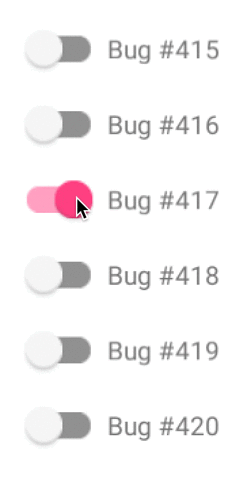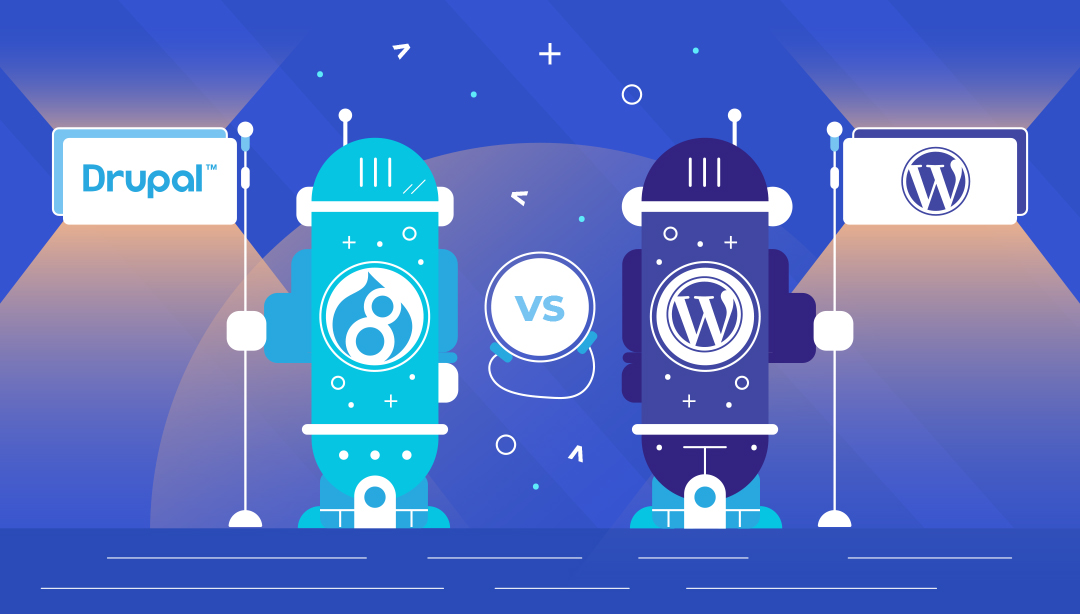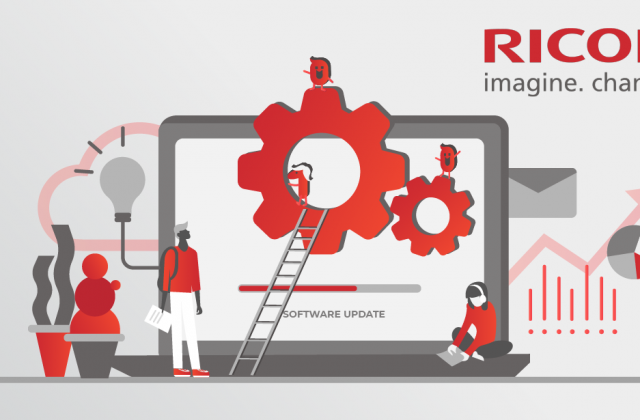You have a clear idea about the website you want to create, but you are less familiar with terms in web development?
Knowing the everyday web industry terminology can help you better understand the process and development phases.
Further, knowing the terminology can help you with keeping up with your project development. You’ll be able to recognize the right moment to react or turn the course of the development.
Below and terms in the web and software development.
So, let’s dive into your web development glossary!
#1 Agile
When you hire a development team, you’ll probably hear this buzzword quite often. The term Agile has settled across the tech industry. It refers to a way how a team thinks and develops a product.
Agile stands for working according to biweekly sprints where the entire team jointly design, develop, test, deploy and review the project.
In other words, you’ll see how the Scrum development team builds and deploy features. You are actively involved and engaged in the process thus you are able to review and make adjustments to a website or app much sooner. This initial launch represents a minimum viable product (MVP).
#2 API
The term API is a common term in the web development world and it stands for Application Programming Interface. In short, whenever a developer mentions an API, they are looking for a way to connect two pieces of software for a singular purpose.
For example, if your website or service offers online payment, it needs to use some of the third-party payment services. To enable this feature, your website needs to connect to a third-party website and your dev team will take its API to make a connection.
#3 Bug
We hope you won’t hear this web development term that often, but most of the time it is inevitable.
Having a bug refers to an error that prevents a website or app from running as it should.
Luckily, teams have their own quality assurance people so the bugs fixing can start as soon as they encounter them.

#4 Bootstrap
The simplest explanation for the Bootstrap is that this is “something” dev team use to achieve consistency across internal tools.
The consistency of HTML and CSS-based design templates for typography, forms, buttons, tables, navigation, modals and more, as well as JavaScript plugins, are the results of Bootstrap doing. So, developers use Bootstrap to turn a design into a functional website.
#5 Cache
At the meetings, dev team will often suggest you to “clear the cache” before you can see the latest improvements on your website.

The cache is a kind of storage of elements that ensures a faster load of the website for the repeating visitors. So, once you clear it, you’ll be able to see new adjustments and changes.
#6 CSS
When you ask your dev team why you can only see a plain text without the images, the answer will probably be related to the CSS which is not loading properly.
The CSS is responsible for the visual elements of your website and for the structure of the content. In other words, CSS tells the browser how the HTML elements should be displayed. It tells which colors, font, and sizes, headings, and alignment are to be used and shown.
#7 Content Management System (CMS)
The CMS allows you to control the website from the inside. The majority of CMSs such as Drupal or WordPress are designed to simplify creating pages, editing or adding posts. Learn how to choose a CMS.

They are built to be flexible and enable you to customize the website according to your business needs, so you’ll heart often about heir possibilities.
#8 Deployment
At every meeting, you’ll be interested in seeing what has been deployed so far and which features you can see on your website.
Therefore, deployment is the final step in the web development process. The feature or any other part of the website is ready to go once the team has it developed and tested.
#9 Frameworks
The rough definition of a framework in the world of coding is that the frameworks are there to make the building of the websites a much faster process.
One framework offers a bunch of tools and solutions for developers to amplify your website.

Your dev team will probably use some of the powerful frameworks such as Symfony PHP, Angular, React, Laravel or Ruby on Rails.
#10 Plugin
Plugins are part of the software that acts like functionality or feature. If your dev team uses WordPress or Drupal, for example, you’ll often hear the word plugins or Drupal modules.
They are used to expand the power of your website. Developers will probably use many plugins and it can be helpful to know which one they are going to use.
#11 Sitemap
Before they start building a website, your dev and design team will draw an outline of all the pages that will be part of your future website or project. So, a sitemap is a web development word you’ll hear often as well.
#12 MVP
The web development term MVP will pop in more than once in your everyday communication with the team. The minimum viable product is a product that can be released to the market.
If you adopt an MVP approach, keep in mind that developers will first focus on the core features and functions that are absolutely crucial. Afterward, once the product has been released and user feedback has been gathered, they will continue to build a complete set of features.
#13 Staging server
You’ll often hear from the team that new features or changes are available for testing on a staging server.
Therefore, the staging server is a type of server that has a role to test your website in the environment that imitates the real one which is public.
Don’t forget to ask!
Nonetheless, considering you are not from the “tech world” be sure to ask for an explanation if anything you hear is hard to understand or imagine.
The dev team is aware of how progress can be effective up if each side knows what is going on. Therefore, don’t hesitate to ask questions. The outcome will surely be a better product and considerate collaboration.




